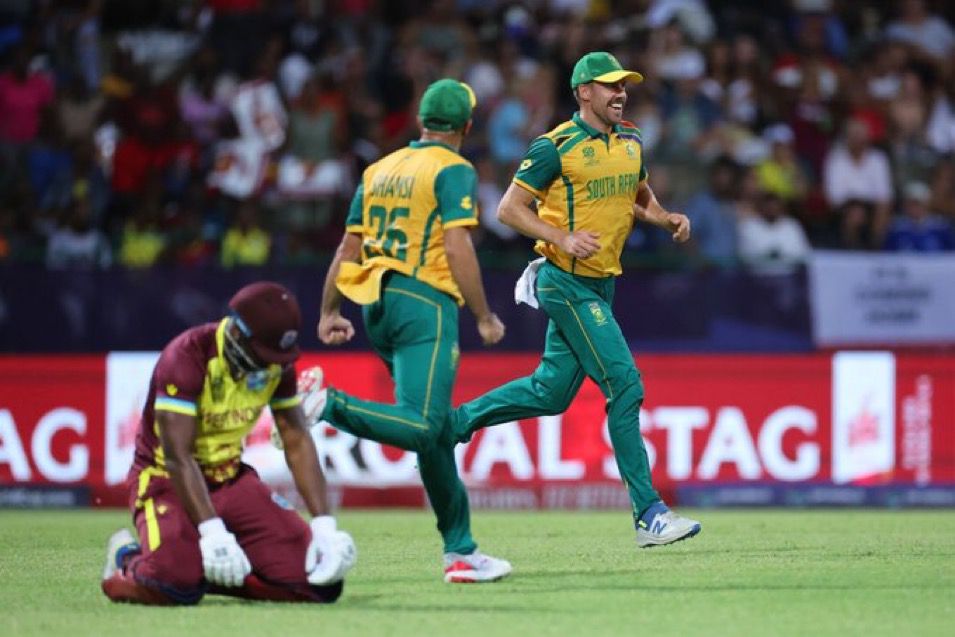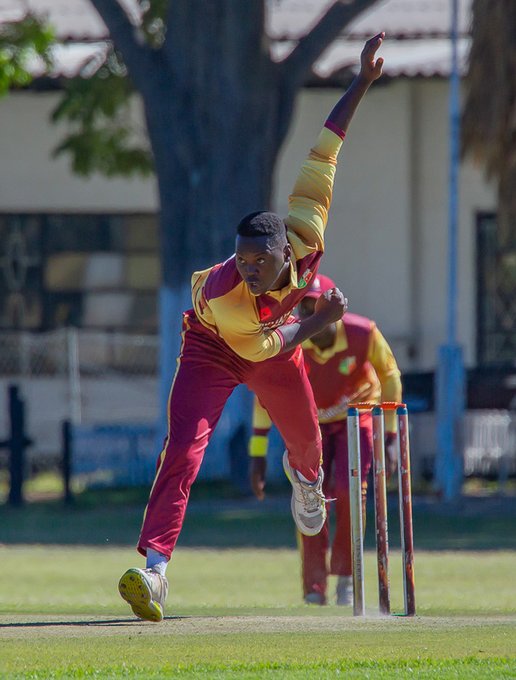South Africa excels in group stages but struggles in knockouts.
Markram and Walter’s leadership brings strategic brilliance and resilience.
Spinners, especially Maharaj, provide stability and flexibility in bowling.
Batting inconsistencies persist, but adaptability and trust remain crucial.
For years, South African cricket has been dogged by the stereotype that the team cannot handle the pressure of World Cup tournaments. This narrative, while based on some historical truths, oversimplifies the story and lacks critical analysis. It’s undeniable that there have been moments of choking, but there have also been instances of being outplayed, making poor selections, failing to adapt to conditions, or simply encountering bad luck.
Consistency in Group Stages
South Africa’s performance in group stages of World Cups has been impressive. With 75 wins out of 111 matches, their win rate is comparable to cricketing giants like India and Australia. This statistic highlights South Africa’s consistency and capability in the early stages of tournaments. However, their Achilles heel remains the knockout stages, where they have only one win in ten matches.
Turning the Tide in the Current Tournament
This year’s tournament has seen South Africa achieving a perfect record of seven wins out of seven matches. Remarkably, they have won games that could have easily gone the other way. Key moments include David Miller’s crucial innings against the Netherlands, Ottneil Baartman’s critical overs against Bangladesh, and Kagiso Rabada’s death-bowling prowess against the USA. Different players have stepped up in various situations, contributing to a collective success that has been elusive in the past.
Leadership and Strategy: The Markram-Walter Duo
Aiden Markram and coach Rob Walter have been instrumental in this transformation. Markram’s leadership on and off the field has been marked by strategic brilliance and calm under pressure. His key catches and unconventional tactics, such as extensive use of spin against the West Indies, have been pivotal. Walter’s bold selection decisions, including backing Anrich Nortje despite his injury concerns, have also paid off handsomely.
The Role of Spinners
South Africa’s use of spinners, particularly Keshav Maharaj, has been a game-changer. Maharaj’s ability to control the middle overs and keep the scoring rate in check has allowed other bowlers to attack more freely. His presence provides stability and flexibility in the bowling attack, which has been crucial in tight matches.
Batting Concerns and Adaptability
While the bowling has been a strength, the batting has shown some inconsistency. The top order has struggled at times, and the middle order has not fully lived up to its potential. However, the challenging conditions in New York, where many of the group matches were played, have made batting difficult. Coach Walter has emphasized the need to trust experienced players like Reeza Hendricks, despite recent form issues, highlighting a philosophy of support and confidence.
Facing Afghanistan in the Semi-Final
As South Africa prepares to face Afghanistan in the semi-final, there is cautious optimism. Afghanistan, while less intimidating than Australia, poses unique challenges, particularly with their spin attack. South Africa will need to avoid falling into old patterns and play the adaptive, confident cricket that has brought them this far.





